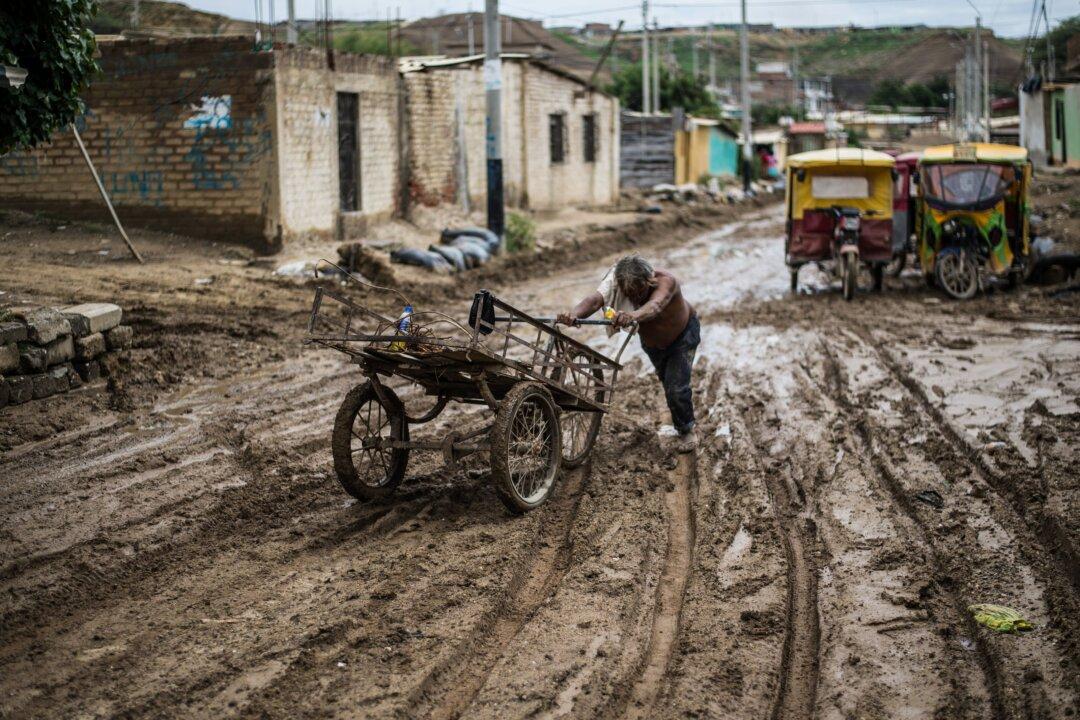Peru is battling its worst dengue outbreak in recent years with almost 200 reported deaths and nearly 150,000 cases, and the El Niño weather phenomenon is being blamed.
There have been 145,529 total cases of dengue infection in the country as of June 13, including 75,798 confirmed cases and 69,731 probable ones, according to data from Peru’s National Center for Epidemiology, Disease Prevention and Control. There have been 183 confirmed deaths, with 31 over the previous week; 62 of the deaths are under investigation.





